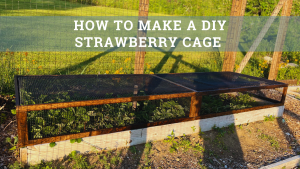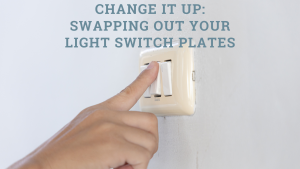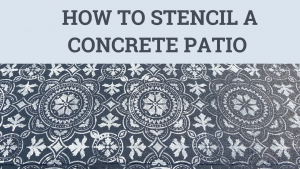How to Apply Mulch and The Benefits of Mulching
Why You Should Apply Mulch
Applying mulch to your flower beds, gardens, shrubs and trees can help your plants in many ways. Ten to twenty-five percent of the water in soil is lost to evaporation. Mulch slows this evaporation, reducing the amount of watering required.
Mulch also acts like an insulating blanket, lowering soil temperatures in hot weather and protecting shallow roots from the cold temperatures of winter. Organic mulches improve the condition of the soil. As they slowly decompose, they provide organic matter, which helps keep the soil loose, provide a source of plant nutrients and create an ideal environment for earthworms and other soil organisms.
Heavy rains can compact soil. Mulch covers the surface and prevents such compaction, leaving the soil better aerated. Even container plants benefit from a light mulching. It holds in moisture, so plants require less watering and perform their best.
Growing weeds should be killed or pulled out before mulching. Although mulch inhibits the growth of weeds, simply covering weeds will not prevent their growth. For a totally weed-free bed, it's best to use a weed barrier such as old newspapers.
Wet it down with a garden hose as you apply it and then place the mulch on top. The newspaper will decompose into the soil. The best time to mulch is late spring, after the soil has warmed. Applying mulch too early may delay soil warming and possibly plant growth.
In most cases, two to three inches of mulch is recommended. When mulching around trees and larger shrubs, pull the mulch one to two inches away from the base of the plants to prevent bark decay. A thick layer of mulch touching the trunk, provides a good place for damaging insects to attack the tree.
Mulch gives gardens and planting beds, a uniform well-cared-for look. Easy on the eyes, good for plants, healthy for the environment — now that's a winning combination.
Blog Articles
Maximize Your Yield with DIY Netting for Strawberry Beds
Keep your strawberries safe from pests with our DIY strawberry cage netting solution. Learn how to create sturdy frames and find the best netting for your strawberry plants.
Change It Up: Swapping Out Your Light Switch Plates
Tired of boring light switch covers? Upgrade your home decor with this simple guide on replacing light switch plates and make a statement in every room.
Revamp Your Outdoor Space: How To Stencil A Concrete Patio
Learn how to create a stunning patterned concrete patio with our easy-to-follow instructions for stenciling. Upgrade your outdoor space in no time.





